In honor of Maria Callas’s centennial (which, depending on who you ask, will be either this Saturday, Sunday, or Monday), Warner Classics has released “La Divina: Maria Callas in All Her Roles,” a ten-pound box set comprising 131 CDs (plus a handful of Blu-Rays).
If you were to listen to all of these recordings—from the missed opportunities to the canonically Callas—you would also understand Callas’s biography better than many of her actual biographers (a motley crew of writers that includes her own mother and a pre-HuffPost Arianna Huffington). And because I, like La Divina, also make poor life choices, that’s exactly what I did. It’s every Maria Callas role, ranked.
The Incompletes
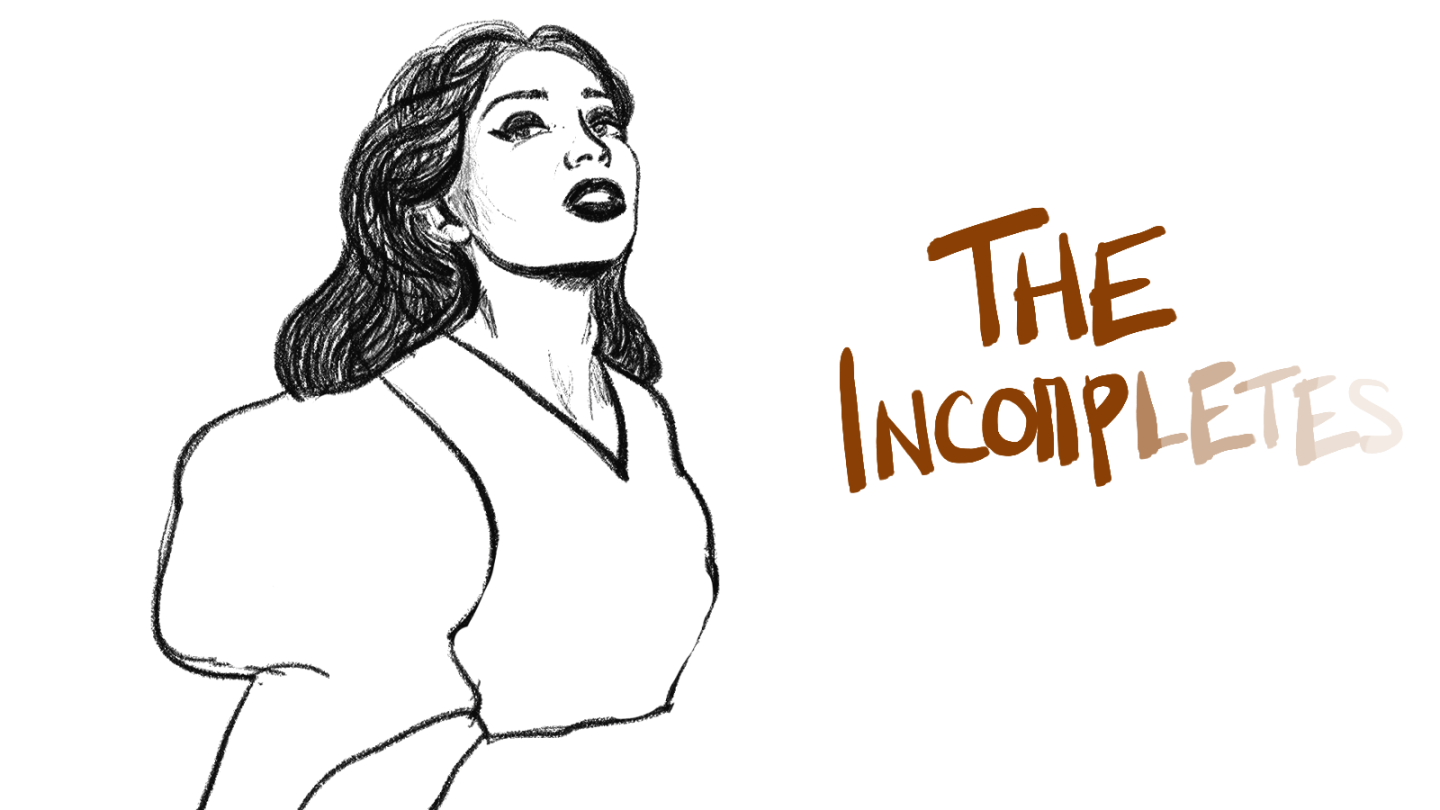
Callas didn’t record these roles in full. In many cases, that’s a good thing.
Giuseppe Verdi: “I lombardi alla prima crociata” (Giselda): Callas had wandered deep into an unhappy, career-halting love affair with Aristotle Onassis when she recorded a series of Verdi arias with Nicola Rescigno. It shows in the album’s opening aria from “I lombardi,” which feels like a slightly shrunken sweater on her coloratura.
Carl Maria von Weber: “Oberon” (Reiza): I’d be happy with never hearing “Oberon” again, but it is fun to hear Callas’s grand dame English diction on “Ocean! Thou mighty monster.”
Giacomo Meyerbeer: “Dinorah” (Dinorah): A fun little mad scene. In every sense, a snack versus a meal.
Gustave Charpentier: “Louise” (Louise): There’s a reason Callas didn’t record every one of these roles beyond their warhorse arias.
Verdi: “Ernani” (Elvira): A stellar performance from an otherwise forgettable opera.
Leo Delibes: “Lakmé” (Lakmé): Nice opening vocalise, but this is the exact amount of “Lakmé” we needed from Callas.
Gioacchino Rossini: “La Cenerentola” (Angelina): “Cenerentola” is a fun opera, and Rossini is generally a good bet for Callas, but I have a hard time seeing her in this role. The opening of “Nacqui all’affanno” seems so incongruous with her voice.
Charles Gounod: “Roméo et Juliette” (Juliette): Technically good but the role fits her like a pair of stonewashed jeans.
Christoph Willibald Gluck: “Orphée et Eurydice” (Orphée): My thought before hearing this: “Could we have had Callas in a trouser role?!” My thought after hearing this: “No.”
Mozart: “Le nozze di Figaro” (Countess Almaviva): Technically perfect but dramatically not feeling it.
Arrigo Boito: “Mefistofele” (Margherita): Beautiful, but in terms of a complete recording, I’d rather hear her in the other Faust operas.
Rossini: “Semiramide” (Semiramide): Lovely. Not sure I need more.
Charles Gounod: “Faust” (Marguerite): The coloratura in the “Jewel Song” is irreproachable, but I was oddly unmoved by what should have been an easy win with her “Il était un roi de Thulé.”
Giacomo Puccini: “Gianni Schicchi” (Lauretta): Another opera worth doing for just That One Aria and here we have it.
Puccini: “Suor Angelica” (Angelica): See above. I think Callas has taught me that I don’t like “Il trittico.”
Jules Massenet: “Manon” (Manon): Callas recorded both “Adieu notre petite table” and “Suis-je gentil ainsi?” which makes for a nice juxtaposition. The sorrow of the former aria lurks in the wings of the latter. Makes me wish there had been more.
Massenet: “Le Cid” (Chimène): An even better fit than Manon, Callas’s top notes are perfectly cut for this aria.
Ambroise Thomas: “Mignon” (Philine): In a lot of her French arias, you hear Callas’s smoky-eyed mezzo come to the fore. Hearing this coloratura showstopper from the vivacious Philine, I longed to hear her sing Mignon’s “Connais-tu le pays.” Can you imagine a “Mignon” with Callas in the title role and Joan Sutherland in this role? Je télèphone à Wayne Koestenbaum!
Rossini: “Guglielmo Tell” (Matilda): One of my favorite Rossini operas, but not for the soprano roles. This area is really ginchy in spots, though, hinting at the Wagnerian shadows that Rossini would drop in his finale, as well as the potential Callas had to go more fully into that composer’s repertoire.
Mozart: “Don Giovanni” (Donna Anna): There are a handful of Mozart “roles” included in this box set, most of which can be explained by a Mozart/Beethoven/Weber album Callas recorded in 1963–64, and it makes me wish Callas had lived to see the major Mozart revival of the ’80s and ’90s. Her potential in “Don Giovanni” is potent.
Donizetti: “L’elisir d’amore” (Adina): Beautiful delivery, and as we see with “Il barbiere di Siviglia,” Callas could also be a pert comedian in the bel canto canon.
The latest from VAN, delivered straight to your inbox
The Should-Have-Beens
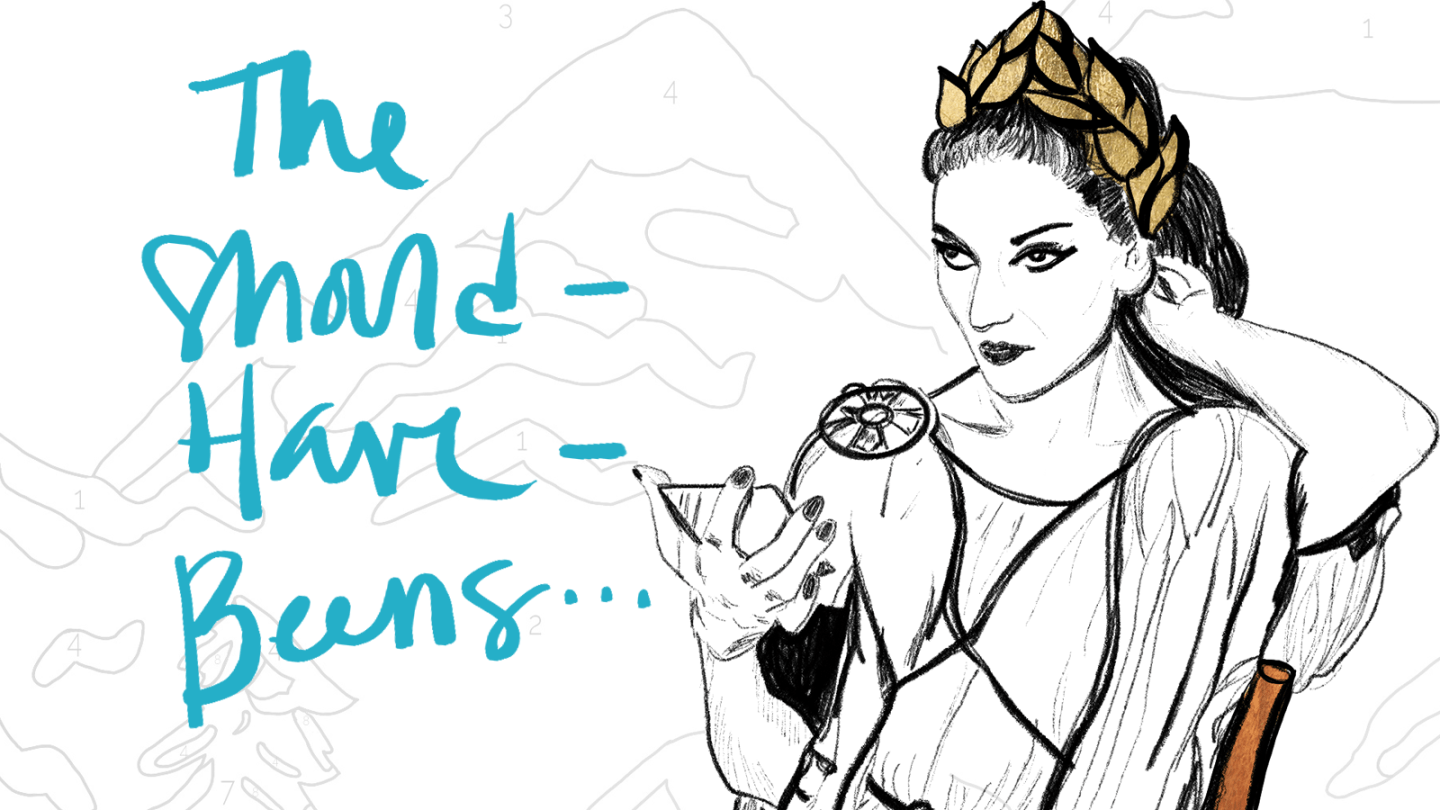
Incomplete roles where an aria or two wasn’t enough.
Verdi: “Aroldo” (Mina): Verdi repertoire is like a game of whack-a-mole: As soon as you think you’ve heard them all, out pops another one. This box set was my introduction to “Aroldo.” I was ready to write it off, but Callas’s performance—especially those rich, wine-dark low notes in “Salvami tu gran Dio”—highlights the weird combination of a laborious plot with music steeped in the dark and stormy territory of “Macbeth” (written a decade earlier).
Verdi: “Attila” (Odabella): Odabella walked so Tosca could run, and Callas sounded solid in her Act I aria, “Liberamente or piangi” on the Rescigno/Verdi recording, even when her voice was starting to lose its luster. Imagine how a full performance of this when she was in her prime might have sounded.
Gaetano Donizetti: “La figlia del reggimento” (Marie): Her sole recording of this seems to be Marie’s plangent farewell aria from Act I of Donizetti’s otherwise bubbly Napoleonic comedy. It’s probably the aria best-suited to the downward curl of Callas’s voice, but goddamn I wish we’d gotten the fun stuff from her as well.
Mozart: “Die Entführung aus dem Serail” (Konstanze): Warner plays fast and loose with what constitutes a “role” for Callas. She sang “Martern aller Arten” in concert, in Italian, once. Still, she sells it as though it were a full performance, her indignation shining through in each flash of coloratura.
Verdi: “Il corsaro” (Medora): We probably didn’t need a full “Corsaro” from Callas, but the “Trovatore”-ish plot and arias, transplanted to the realm of Greek history via a Romantic Byron work, seems entirely suited to Callas’s sensibility. Pasolini could have directed.
Georges Bizet: “Les Pêcheurs de perles” (Leïla): There’s a little bit of a cry in Callas’s voice that resonates with the French repertoire of Bizet and Berlioz. Her balance of sensuality and innocence would have been especially good in a full “Pearl Fishers.”
Catalani: “La Wally” (Wally): The control and restraint of “Ebben? Ne andrò lontana” masks the fire that percolates underneath an opera that is otherwise pretty kinky and comes with a spectacular finale.
Verdi: “Otello” (Desdemona): This seems like one of those roles that Callas would have sung in its entirety, at least onstage if not on recording. The “Willow Song” is a natural fit for her voice, tinged with beauty as well as foreboding.
Thomas: “Hamlet” (Ophélie): Another no-brainer role with a mad scene that Callas spins out like silk.
Hector Berlioz: “La damnation de Faust” (Marguerite): Of the main “Faust” operas, Berlioz’s “Damnation” is perhaps the least interesting for its heroine (his Marguerite only comes in the second half). However, everything about “D’amour l’ardente flamme” in Callas’s hands makes it a perfect eight-and-a-half minutes of music: crepuscular, fertile, formidable. The English horn solo in the opening mirrors the melancholic beauty of Callas’s voice, and she had plenty of life experience to draw on to sing an obsessive heroine waiting for her philandering lover to return.
Donizetti: “Lucrezia Borgia” (Lucrezia): Donizetti has a habit in soprano arias of having the clarinet and flute play an almost binaural version of the melody before the soprano comes in. This works especially well with Callas’s voice because of qualities it shares with both instruments. Dramatically, she would have eaten up the role of a Borgia like it was a Christmas Eve banquet.
Mozart: “Don Giovanni” (Donna Elvira): Stronger than her “Donna Anna” is Callas’s “Mi tradì quell’alma ingrata,” which makes me wonder if anyone has done a “Don Giovanni” staging structured around the Callas/Onassis/Jackie-O love triangle.
Massenet: “Werther” (Charlotte): In another world, I feel like Callas could have had a career similar to that of Grace Bumbry’s, moving fluidly between soprano and mezzo repertoire. Her first utterance of “Werther” in Charlotte’s aria burns with desire and regret.
Francesco Cilea: “Adriana Lecouvreur” (Adriana): The voluptuous, animalistic texture of “Io son l’umile ancella” catches the glint of Callas’s soprano like a mirror reflecting a candle. The lost opportunity of hearing Callas taking on the “Phèdre” monologue in this opera is my Roman Empire.
Verdi: “Don Carlo” (Elisabetta and Eboli): Another Verdi role that seemed inevitable for Callas to sing in full, she has just the right amount of bite in “Tu che le vanità.” Callas also stopped at Eboli, and while I’d still rather hear her as Elisabetta, her “O don fatale” gets under your skin.
Richard Wagner: “Tristan und Isolde” (Isolde): A 26-year-old Callas singing “Tristan und Isolde” shouldn’t have worked. On the basis of her “Liebestod” alone, it did. That we lost out on a full recording is a sin.
Camille Saint-Saëns: “Samson et Dalila” (Dalila): The low notes in “Amour! Viens aider ma faiblesse” and the chiaroscuro of her soprano in “Mon coeur s’ouvre à voix” are like a sonic Caravaggio.
The Kens
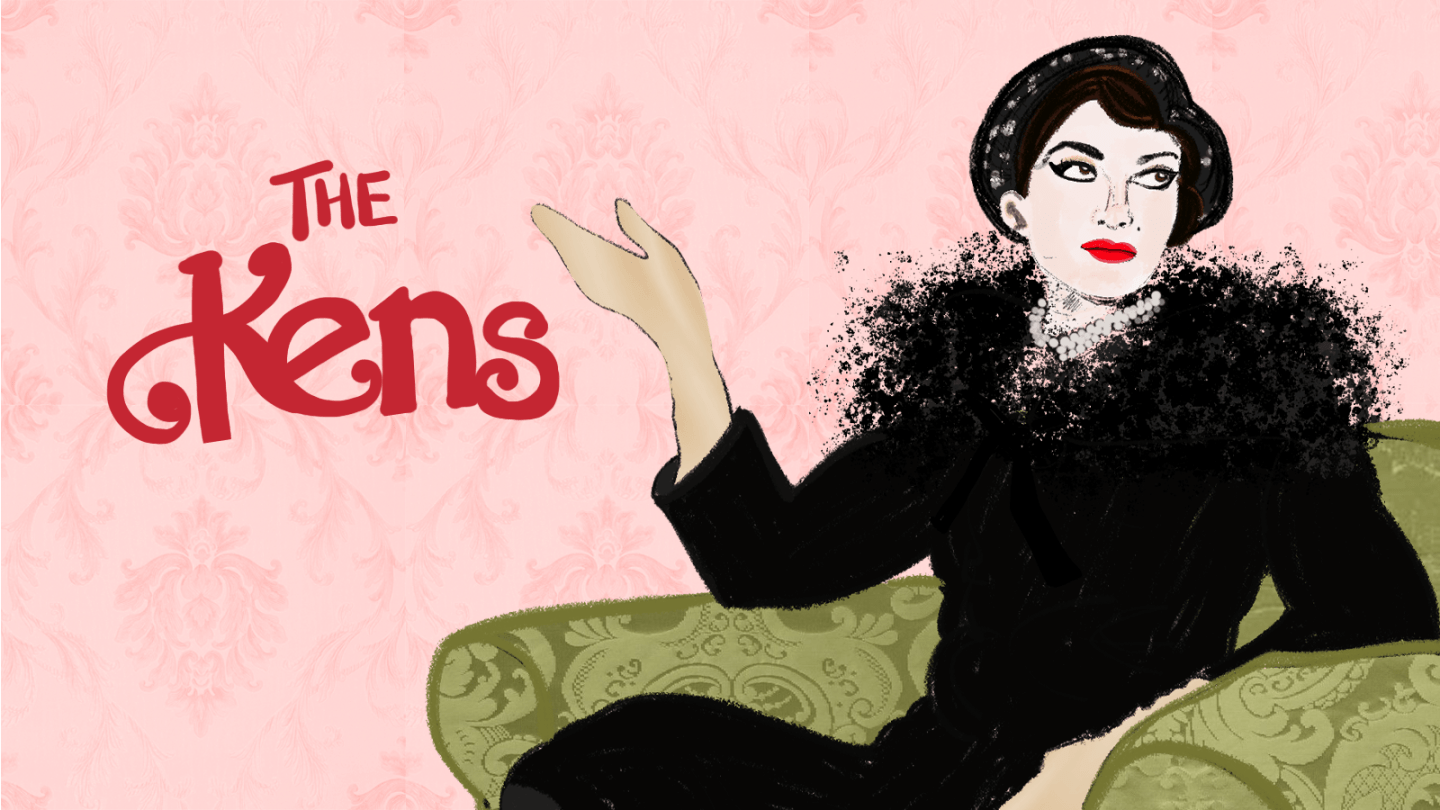
Callas is everything. These roles are just Ken. I will not be elaborating further.
Gaspare Spontini: “La vestale” (Giulia)
Vincenzo Bellini: “La sonnambula” (Amina)
Rossini: “Il turco in Italia” (Florilla)
Gluck: “Alceste” (Alceste)
Bellini: “Il Pirata” (Imogene)
Donizetti: “Poliuto” (Paolina)
Verdi: “Un ballo in maschera” (Amelia)
Gluck: “Ifigenia in Tauride” (Ifigenia)
Ruggero Leoncavallo: “Pagliacci” (Nedda)
The One-Hit Wonders
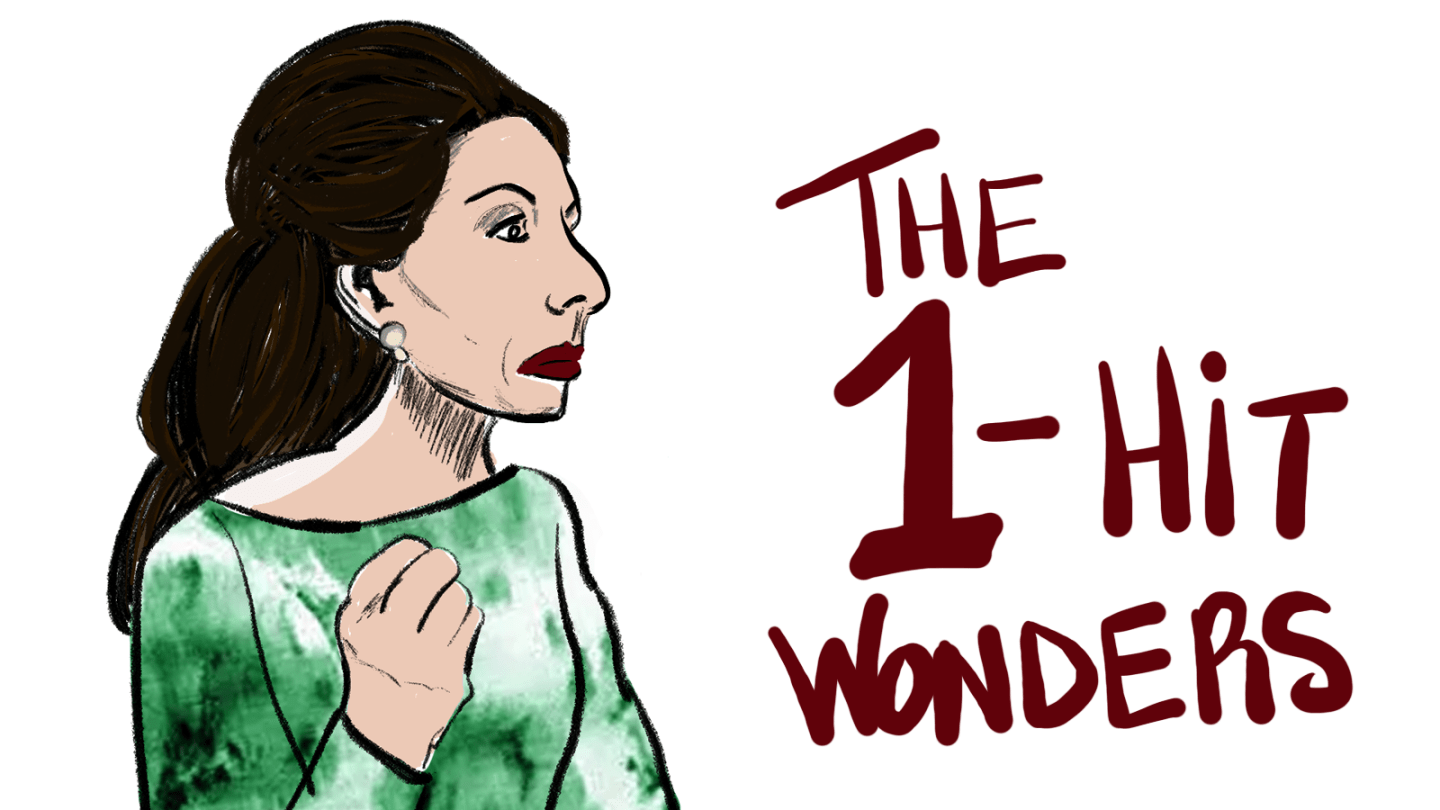
These works with one good aria are the operatic equivalent of meetings that could have been an email.
Verdi: “I vespri siciliani” (Elena): “Mercè, dilette amiche” is about four minutes. That’s just over 2 percent of the full score for “Vespri.”
Donizetti: “Anna Bolena” (Anna): It’s an excellent mad scene, but name one other memorable moment from this opera. Go ahead, I’ll wait.
Bellini: “Norma” (Norma): Fight me.
Umberto Giordano: “Andrea Chenier” (Maddalena): I would spend the length of a full opera listening to “La mamma morta” on repeat. The duet between Maddalena and Chenier can pop up every now and again as well.
Rossini: “Armida” (Armida): Like you’re not just listening to this for the finale. Still, when Callas sings “Distrutto tutto qui resti,” you feel it in your big toe.
The Eerily Autobiographical

…and mildly mythological.
Amilcare Ponchielli: “La Gioconda” (Gioconda): Callas died of sudden heart failure at the age of 53 and was cremated soon after her funeral in Paris. This came as a shock to her estranged husband, Giovanni Battista Meneghini. Arriving at Callas’s apartment after the fact, he questioned the veracity of the coroner’s report. A scrap of paper he found in his wife’s bedside table, which contained the opening lines of the aria “Suicido!” became the basis for his belief that Callas’s death had been a cover-up. More likely he didn’t realize the damage done to her heart by years of disordered eating and over-reliance on pharmaceuticals.
Puccini: “Manon Lescaut” (Manon): “Lonely, lost, and abandoned in a desolate land… I, the deserted woman!”
Verdi: “Nabucco” (Abigaille): “I, too, once opened my heart to happiness… I wept at others’ tears, suffered at others’ pain. Will I ever return to that lost enchantment?”
Puccini: “Turandot” (Turandot): When you hear Callas sing “No man shall ever possess me,” knowing that she went from her life (and finances) being mismanaged by a husband older than her father to gambling her happiness on a shipping magnate unable to keep his dick in his pants—and losing—your heart can’t help but break. It makes you wonder what happened to Turandot after she was won over by the Calàf.
Verdi: “La forza del destino” (Leonora): Faced with a life devoid of meaning, Leonora becomes a recluse by Act IV of “Forza,” begging God for peace in her final aria. Callas lived much the same way during her final years in Paris: estranged from Onassis, her career, and most of her friends, she preferred to stay in her “golden cage” of an apartment on Avenue Georges Mandel, watching TV with the curtains drawn.
Bizet: “Carmen” (Carmen): Callas’s Greek heritage led to her having a faith that was part orthodox, part mythos—a mysticism that comes through in the “Card Aria.”
Verdi: “Rigoletto” (Gilda): Despite her reputation as a man-eater and a tigress, Callas was really a woman forced to grow up very quickly due to both family and political circumstances, and whose remaining innocence was quickly eaten up by the machine of stardom. It makes her a compelling Gilda, a gentle soul not prepared to deal with the world as it’s handed to her.
Luigi Cherubini: “Medea” (Medea): An exile in patriarchy, who can blame Medea for her actions when she’s trapped in a situation beyond her control?
The Best
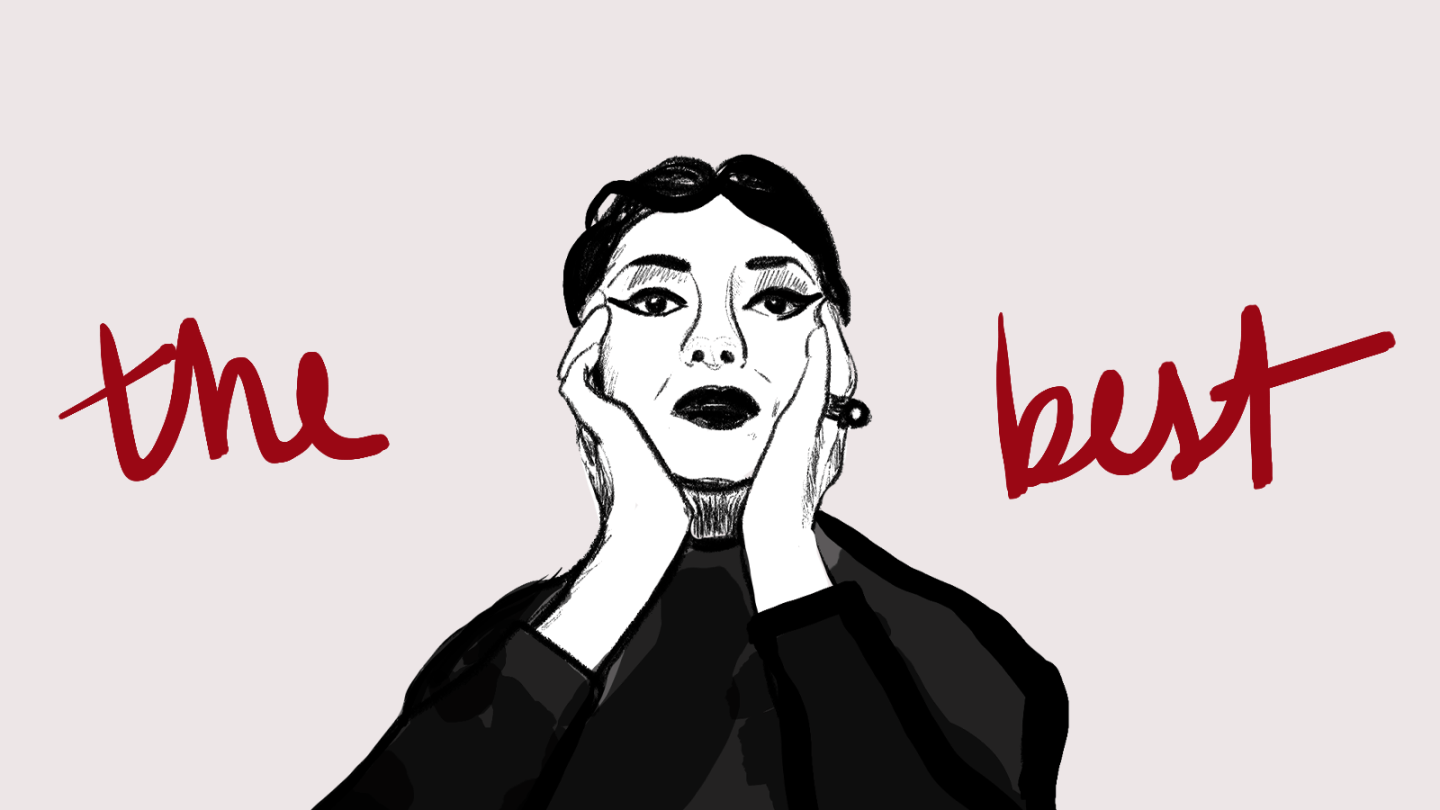
Wagner: “Parsifal” (Kundry): Sung in Italian, this sounds more like a lost verismo work than Wagner’s long day’s journey into transcendence. But it’s the only complete Wagner recording we have from Callas; a portal to a parallel universe where she might have owned this repertoire.
Puccini: “La Bohème” (Mimì): Worth it for the “Addio, senza rancor” alone.
Puccini: “Madama Butterfly” (Cio-Cio San): The tenderness of her voice in “Vogliatemi bene” creeps by inches into the love duet’s orgasmic crescendo, tentative before fully submitting. In Act II, that innocence returns for a brief flicker when she sights the name of the SS Abraham Lincoln. The way all color drains from her voice by the finale when she realizes that everything she had held as real completes Cio-Cio San’s dramatic arc.
Pietro Mascagni: “Cavalleria rusticana” (Santuzza): The textures of Callas’s voice could fit innocent, virginal heroines well, but were an even better match to characters with history; characters who, when the opera opens, had already been kicked around by life a little bit. This is especially true in her recording of “Cavalleria” opposite Giuseppe di Stefano, a tenor with whom she had her own offstage history.
Verdi: “Aida” (Aida): Yes, “O patria mia.” Yes, “Ritorna vincitor.” Yes, all of the duets. But what always galvanizes me is Callas in the finale of Act II. Especially when she takes the high E-flat, as she did in Mexico City in 1951. Queen shit.
Verdi: “Il Trovatore” (Leonora): The dark fatalism of Callas’s soprano, combined with the urgency of her duet with Count di Luna towards the end of the opera, is palpable.
Rossini: “Il barbiere di Siviglia” (Rosina): In her book Maria: Callas Remembered, Nadia Stancioff, who worked with Callas during the filming of Pasolini’s “Medea,” notes that few of her other biographers caught the side of her that wasn’t mired in tragedy and drama. She had a playful, at times wicked, sense of humor—one that comes through onstage in her very sexy, sly Rosina. It’s a shame she wasn’t given more of these roles.
Bellini: “I Puritani” (Elvira): The tremor of hope and anticipation delivered in just one word—“Taci!”—during Elvira’s duet with Valton shows how much Callas could do with even the barest of material.
Verdi: “La traviata” (Violetta): Another uncannily autobiographical role, and one that Callas inhabited fully, allowing the cracks in Violetta’s foundation to grow wider over time, crumbling into a beautiful ruin—but one whose meaning is undercut by Callas-as-Violetta’s delivery of the line: “Gran Dio! morir sì giovane, io che penato ho tanto!” For whose benefit is the beauty of Violetta’s death?
Donizetti: “Lucia di Lammermoor” (Lucia): In the real-life story behind “Lucia,” bride Janet Dalrymple was said to have hands as cold as ice as she was led to the wedding altar. That iciness holds throughout this performance, avalanching into the best of Callas’s mad scenes.
Verdi: “Macbeth” (Lady Macbeth): More than the lighter Verdi roles, Callas thrives in the smoky, smoldering chest voice of his mature heroines—and antiheroines. She attacks the finale of “Vieni t’affretta” as though she were the one on the battlefield, not her husband. It makes you wish you could see her in more roles where she has agency over her own fate, even if that fate is still inglorious.
Puccini: “Tosca” (Tosca): I mean… ¶
Subscribers keep VAN running!
VAN is proud to be an independent classical music magazine thanks to our subscribers. For just over 10 cents a day, you can enjoy unlimited access to over 875 articles in our archives—and get new ones delivered straight to your inbox each week.
Not ready to commit to a full year?
You can test-drive VAN for one month for the price of a coffee.


